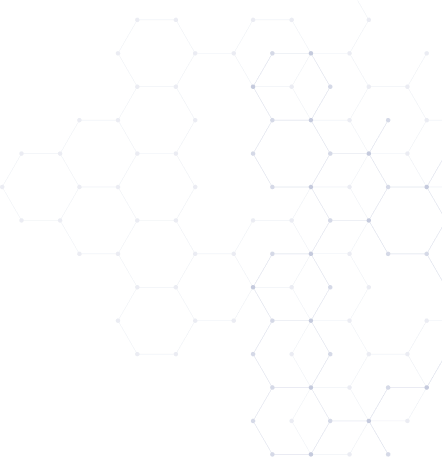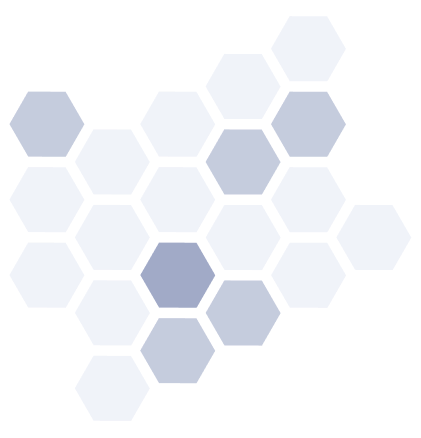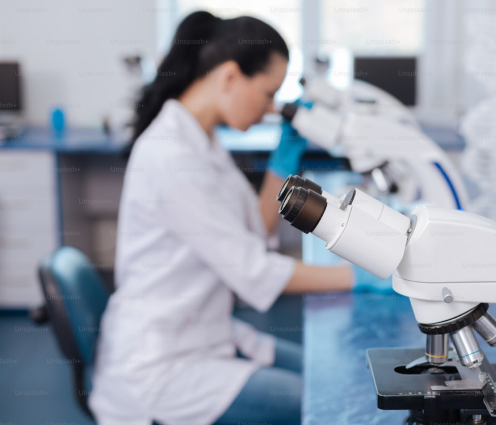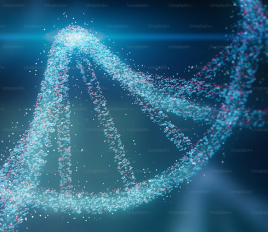

In rehabilitation medicine, the line between biology and technology is becoming increasingly blurred. Nowhere is this more evident than in the evolving field of neural implants and brain-computer interfaces (BCIs) - systems that connect the human nervous system directly to external devices or digital networks.
For patients recovering from stroke, spinal cord injury, or neurodegenerative diseases such as amyotrophic lateral sclerosis (ALS), these technologies are unlocking possibilities once thought to belong solely to science fiction. By translating neural activity into actionable signals, they are restoring movement, communication, and independence in ways conventional therapies cannot.
Understanding Neural Implants: How the Technology Works
At its core, a neural implant is a device that interacts directly with the nervous system. Most BCIs consist of three primary components:
1. Sensors that detect and record electrical activity in the brain or peripheral nerves.
2. Decoders - computational algorithms that translate this neural activity into commands or data.
3. Effectors - external systems such as robotic limbs, computer cursors, or stimulators that carry out the intended action.
The system operates as a communication bridge. For example, when a person thinks about moving their hand, neurons in the motor cortex fire in specific patterns. The implant captures those signals, transmits them to a computer that interprets them, and then sends instructions to a robotic or prosthetic limb to move accordingly.
In some cases, the process is bidirectional: the device not only receives commands from the brain but also sends sensory feedback back to the user, closing the loop. This closed-loop system enhances control, precision, and learning - mimicking the way biological feedback operates in natural movement.
Restoring Function After Stroke
Stroke remains one of the leading causes of long-term disability worldwide. While physiotherapy and occupational therapy can help retrain the brain, recovery often plateaus after a few months. BCIs are offering a new approach by tapping directly into residual brain activity.
One strategy uses electroencephalography (EEG) or electrocorticography (ECoG) to detect neural signals associated with intended movement in the motor cortex. These signals are then used to control robotic exoskeletons or functional electrical stimulation (FES) systems that activate the paralysed muscles themselves.
This process creates a neurofeedback loop. Each time a patient’s intention to move results in an actual movement - even if mechanically assisted - it reinforces neural pathways in the brain. Over time, this can enhance neuroplasticity, the brain’s ability to rewire itself, leading to improved voluntary control.
Clinical trials at institutions such as the University of Tübingen and the Wyss Center in Geneva have demonstrated significant improvements in motor recovery among stroke survivors using such systems. The combination of neural interfaces, robotics, and real-time feedback is proving more effective than passive physiotherapy alone.
Spinal Cord Injury: Reconnecting the Broken Pathway
For patients with spinal cord injuries, the challenge lies not in brain activity but in the disruption of the communication pathway between the brain and muscles. Neural implants are being developed to bypass these damaged connections altogether.
A landmark 2023 study led by researchers in Lausanne demonstrated a digital bridge between the brain and spinal cord in a paralysed man. Electrodes implanted in the motor cortex recorded his neural intentions, which were decoded in real time by a computer and transmitted wirelessly to a spinal stimulator below the site of injury.
The stimulator then activated the correct muscles, allowing the man to stand, walk, and even climb stairs using thought alone. Crucially, over time, partial natural movement began to return, suggesting that artificial reconnection can encourage biological recovery.
This concept of brain-spinal interfaces could redefine rehabilitation for paralysis. By combining BCIs, neuromodulation, and robotic support, clinicians can now think not just about compensating for lost function but about re-establishing it.
ALS and the Power of Communication
In neurodegenerative diseases such as ALS, where muscle control progressively deteriorates, BCIs provide a different kind of rehabilitation: communication.
Implants placed in the motor cortex can record activity even when a person can no longer move or speak. Machine learning algorithms interpret those signals to select letters or words on a screen, or to control a synthetic voice.
Pioneering work by teams at Stanford and the University of Tübingen has enabled patients who are completely locked-in to communicate at rates approaching normal typing speed. This is achieved through advances in intracortical microelectrode arrays, which can capture fine-grained activity from hundreds of neurons simultaneously.
The impact extends far beyond function. Restoring communication means restoring identity, autonomy, and social connection - vital elements of psychological rehabilitation often overlooked in physical medicine.
Engineering Challenges and Clinical Realities
Despite remarkable progress, neural implants remain a young and complex technology. Several engineering and biological challenges must be overcome before they can become routine in clinical practice.
· Biocompatibility and longevity: Implanted electrodes can provoke immune responses, causing tissue scarring that degrades signal quality. Researchers are experimenting with softer, more flexible materials such as graphene, polyimide, and hydrogel coatings to mitigate these effects.
· Signal interpretation: The brain’s activity is dynamic and individualised. Algorithms must continuously adapt to changes in neural patterns over time, which requires machine learning systems that can learn without extensive recalibration.
· Power and data management: Wireless power delivery and data transmission are crucial for long-term use. Miniaturisation, low-power circuits, and secure wireless communication protocols are key areas of innovation.
· Regulatory and ethical oversight: Because these devices interface directly with the brain, issues such as safety, cybersecurity, and informed consent are under intense scrutiny. Regulators must balance innovation with patient protection.
In addition, successful rehabilitation depends on multidisciplinary collaboration. Engineers, neuroscientists, physiotherapists, data scientists, and clinicians must work together to design systems that are safe, usable, and clinically meaningful. The integration of technology into everyday rehabilitation requires careful training, user support, and long-term monitoring.
The Future of Rehabilitation Medicine
The trajectory of neural implant research points toward a future in which assistive technology becomes increasingly personalised, adaptive, and invisible. Several developments are shaping this next phase:
· Soft bioelectronic interfaces that conform to the brain’s surface, reducing inflammation and improving long-term stability.
· Closed-loop adaptive systems that adjust stimulation in real time based on feedback, optimising performance without manual recalibration.
· AI-driven neuroprosthetics capable of learning from each individual’s neural patterns to deliver tailored assistance.
· Non-invasive or minimally invasive BCIs, using advanced sensors and signal amplification to reduce surgical risk.
Ultimately, the goal is not simply to build machines that move limbs, but to rebuild the relationship between the brain, body, and environment. In the coming decade, we are likely to see BCIs and neural implants integrated into mainstream rehabilitation programmes, supported by digital platforms that monitor progress and adapt therapy dynamically.
A New Model of Recovery
Neural implants represent more than just a technological breakthrough. They embody a shift in how we understand recovery itself. Traditional rehabilitation focuses on compensating for lost function through repetition and adaptation. Neural interfaces offer a more direct path: restoring the flow of information that underpins voluntary movement, sensation, and communication.
As costs decrease and technologies mature, these systems may become accessible not only to research participants but to patients in hospitals and rehabilitation centres worldwide. Their potential extends beyond motor restoration to cognitive and sensory recovery, mental health, and even neurodevelopmental conditions.
The future of rehabilitation will be both biological and digital - a partnership between neurons and algorithms. The ultimate promise of neural implants is not that machines will replace human function, but that they will help reawaken it.
With every signal decoded and every movement restored, the boundary between healing and engineering becomes a little less defined - and the human capacity for recovery a little more profound.


Looking for a New Role – or Searching for Top Talent? Let’s Talk
Whether you're exploring your next career move or looking to hire skilled professionals, HRS is here to help.
We connect ambitious individuals with exciting opportunities across science, technology, and innovation-led sectors. From early careers to executive search, our expert recruiters work closely with both candidates and employers to ensure the perfect match.
If you're hiring, we’ll help you find the right people. If you’re job hunting, we’ll help you take the next step. Browse our latest jobs or get in touch to find out how we can support you.

